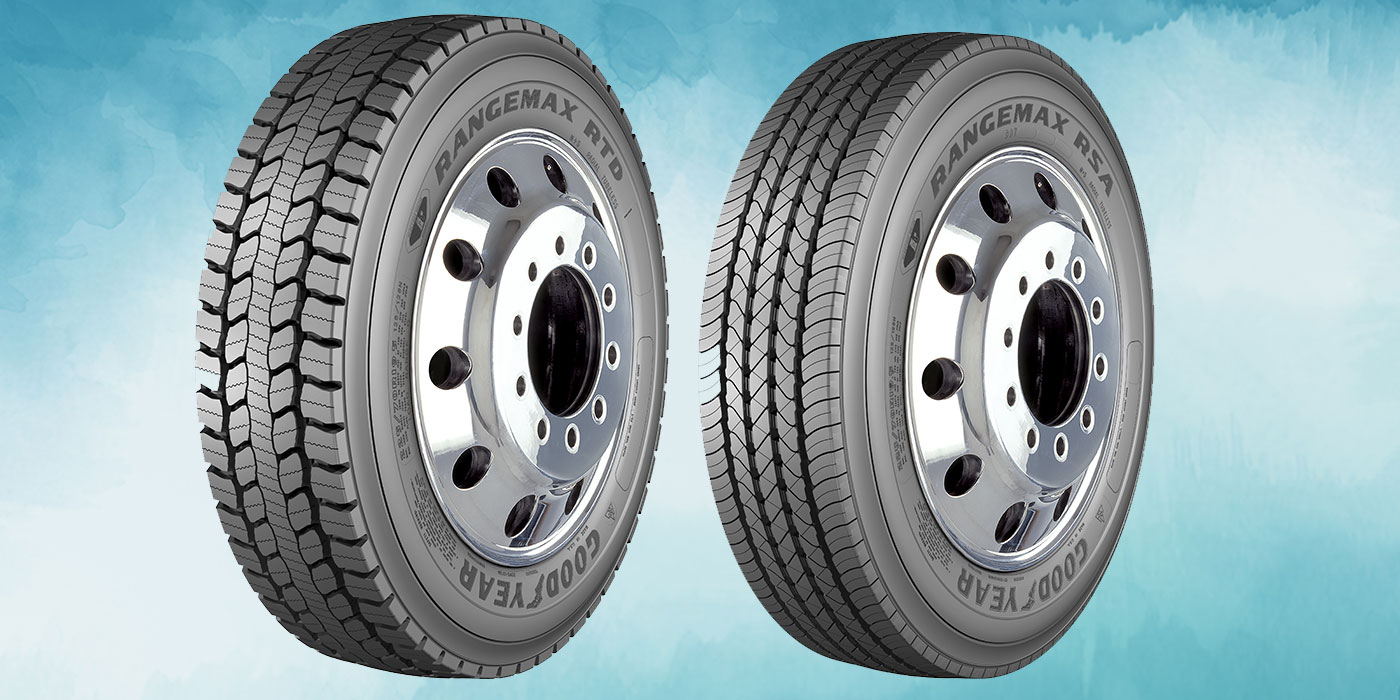Even the most diligent technicians can be misled if component performance has been compromised by problems that are not culled out by normal inspections, not visually apparent or so rare that the offending condition is a first-time experience for the technician.
Carefully inspecting used truck parts before placing them back into service is always good practice. Most component manufacturers publish extensive guidelines for such inspections and provide service/training manuals complete with pictures detailing “go/no go” criteria. Some manufacturers and distributors even conduct on-site training on component inspection for your technicians upon request.
However, even the most diligent technicians can be misled if component performance has been compromised by problems that are not culled out by normal inspections, not visually apparent or so rare that the offending condition is a first-time experience for the technician.
Axle-end components, especially tires and wheels, are particularly good candidates for routine inspections. After all, tires are considered normal “wear” items, and used casings are valued assets if removed for retreading prior to excessive wear or late treadlife damage. Also, unforeseen problems may happen at the most inopportune time and place, and, in some conditions, could affect vehicle handling or result in other safety-related issues.
Tire and wheel manufacturers can provide information to assist fleets in inspections. This often includes specific measurements or visual distinctions that help decide whether or not a part can be returned to service.
In addition, industry suppliers have collaborated through the Technology and Maintenance Council (TMC) to publish condition analysis guidelines and out-of-service criteria for tires and wheels.
What happens, however, if the condition has no visible symptoms and there are no readily available in-field test tools that can be used to identify the problem?
Unseen Problems
Certain wheel-end conditions can fall into that category. Tire/wheel assemblies that have been subjected to extreme heat, such as that caused by brake failure or vehicle or tire fires, are often unusable.
The tires will typically show charring, melting, cracking, areas of brittleness or other telling symptoms. Wheels, on the other hand, may look just fine after damaged tires have been removed and a routine cleanup of the wheel has been performed.
What may not be obvious, however, is that the metallurgy of the wheel may have substantially changed, resulting in lost strength and durability. The intense heat may also change the physical dimensions of the wheel, resulting in an out-of-round condition or subtle warping that causes balance or air retention problems.
Both steel and aluminum wheels are susceptible to the effects of high heat. Remember that the tires and wheels support the entire weight of the vehicle using high inflation pressures in a contained air cavity. They also transmit all of the torque transferred through the driveline and the forces required for acceleration, braking and steering.
The metal used in wheels is a high-strength material, designed to be light in weight (tires and wheels are unsprung weight). At the same time, it also has to withstand fatigue, abrasion and corrosion and remain dimensionally stable. To do that, wheels may be “cold worked” and/or ®€œheat treated®€ during the manufacturing process to achieve the desirable metallurgy and performance characteristics.
While properly applied heat strengthens metal, improper or excessive heating can render it useless. Heating wheels in service beyond threshold temperatures, such as may happen in a fire or during extreme brake overheating, can result in a “soft” or improperly annealed wheel. The result is a wheel that has lost its strength, durability and high-pressure safety and has other altered physical properties.
Fires are not the only heat concern. Wheels that have been subjected to extremely high voltages or acted as an electrical conductor may also become damaged beyond usable limits. Rolling over live wires can result in the vehicle grounding high voltage sources, damaging wheels irreparably.
Uncovering Hidden Damage
The biggest problem facing tire/wheel inspectors is that the degree of this type of abuse is rarely quantifiable and often leaves no visible symptoms. Scorch marks or mild discoloration alone, for instance, are not a sure sign of metallurgical damage. Insurance adjusters often complicate matters by insisting that the wheels appear to be in normal condition, therefore refusing to cover replacements. What can a diligent, professional tire/wheel maintenance person do to avoid such problems?
First, any vehicle that has been involved in a high-damage accident, burned (even partially), contacted high-voltage lines, or encountered other questionable circumstances, should be quarantined to prevent tire/wheel scavenging.
Second, tires and/or wheels exposed to high-heat conditions should be taken out of service immediately and thoroughly inspected before being returned to service. After inspection, if there’s any doubt about their condition, it is best to scrap them out.
Third, if exposure to high heat is suspected, here is a quick way to check the condition of the wheel: Roll the wheel across a flat floor surface and observe whether or not it rolls in a straight line. If the wheel turns to one side (usually to the open side), remove it from service. If it appears to roll true, continue with other inspections.
Fourth, physically measure the key wheel dimensions. Precision tapes, for instance, are available to measure bead seat diameters. Contact your tire or wheel supplier or the Tire and Rim Association for details (e-mail: [email protected]).
Lastly, if you suspect wheel damage based on a burned tire or discolored metal, for example, contact the customer and ask about the history of the tire and wheel.
Before this becomes an issue, contact tire and wheel manufacturers and ask them to provide recommendations for inspection procedures. After you have inspected the tire and wheel, if you still have concerns about their viability, contact the manufacturer to see if a representative can physically inspect them.
Specifically, for wheels, Alcoa Wheel Products’ Customer Service can be reached at (800) 242-9898, option 2; Accuride Corp.®€™s Customer Field Engineering is at (800)-869-2275; and Hayes Lemmerz International can be contacted at (800)-521-0515. They are also great sources of technical advice and assistance for other wheel issues.
While there are numerous qualified industry representatives available, it’s usually best to contact the specific manufacturer of the wheel or other component in question. These individuals can also be helpful in reinforcing or supporting your case with your customer and/or an insurance carrier, if necessary.
Just remember that, in cases of high-heat exposure, there may be more than meets the eye.













